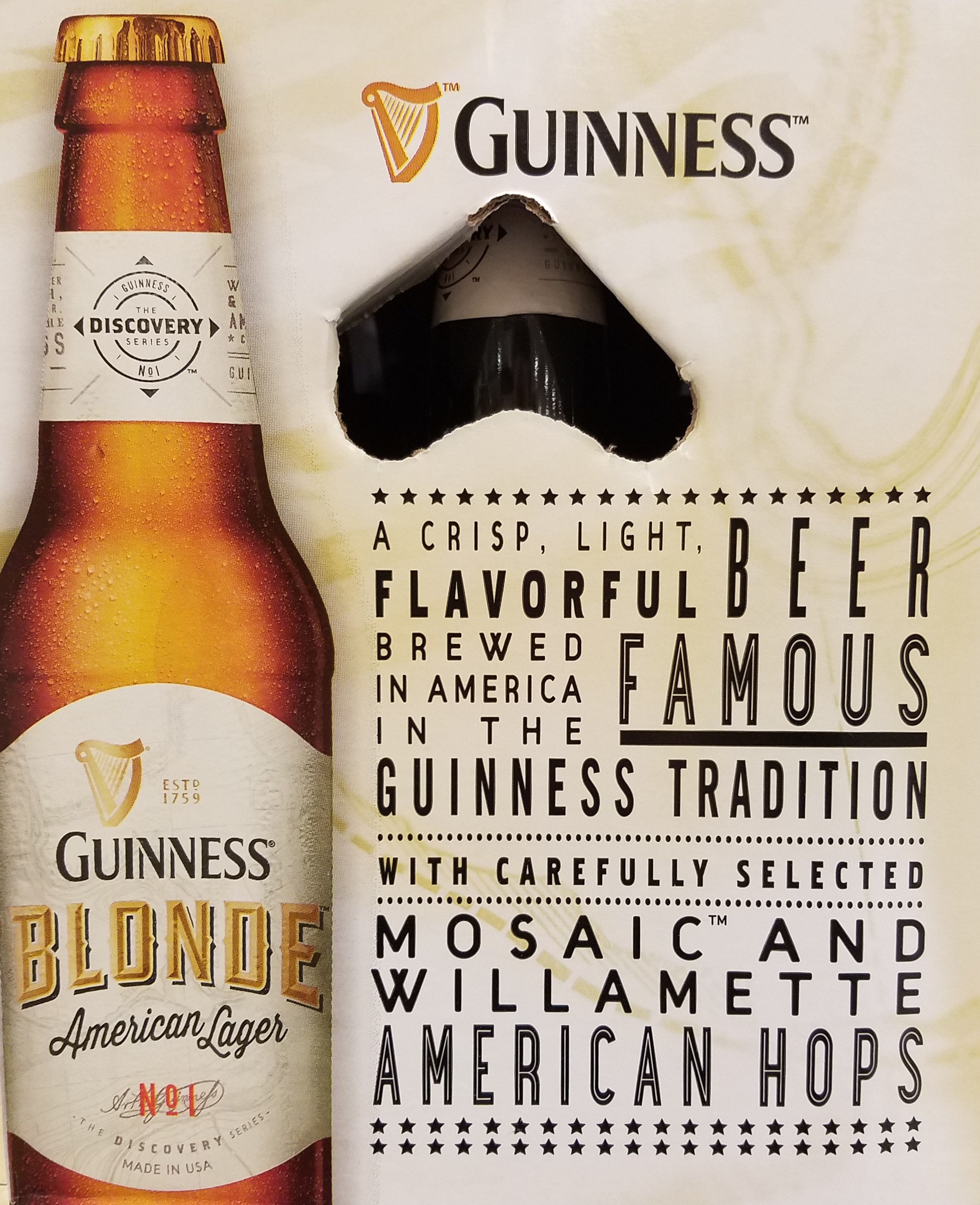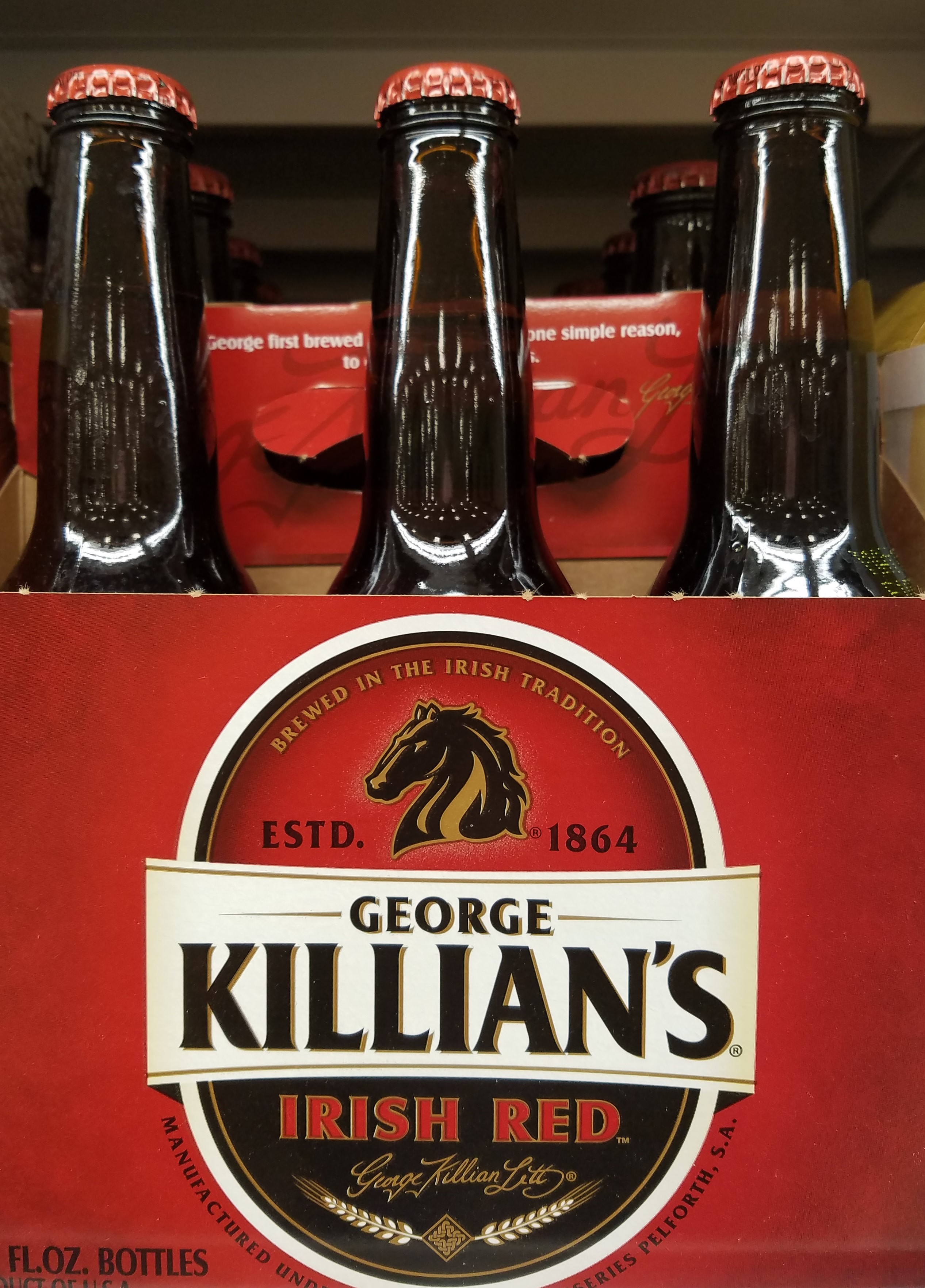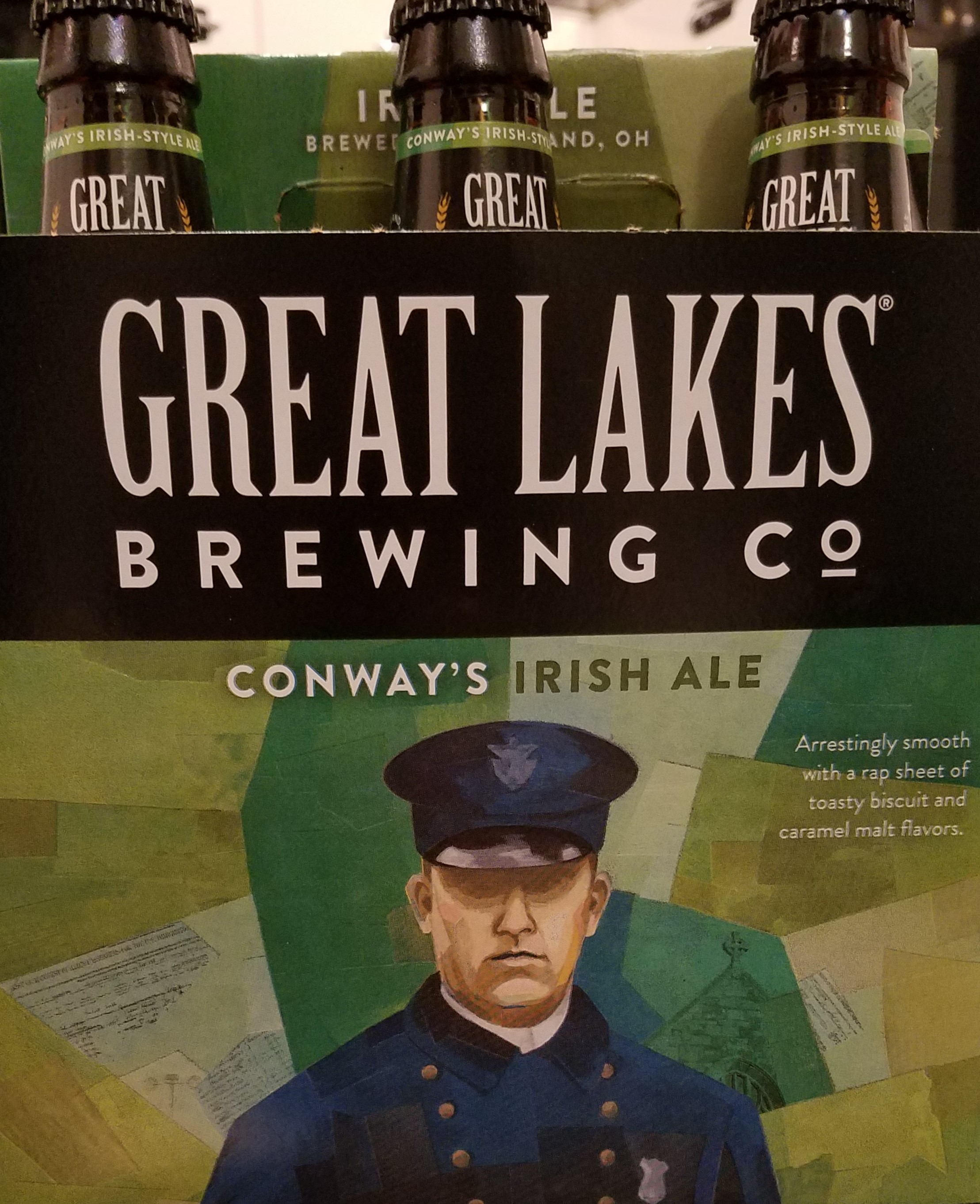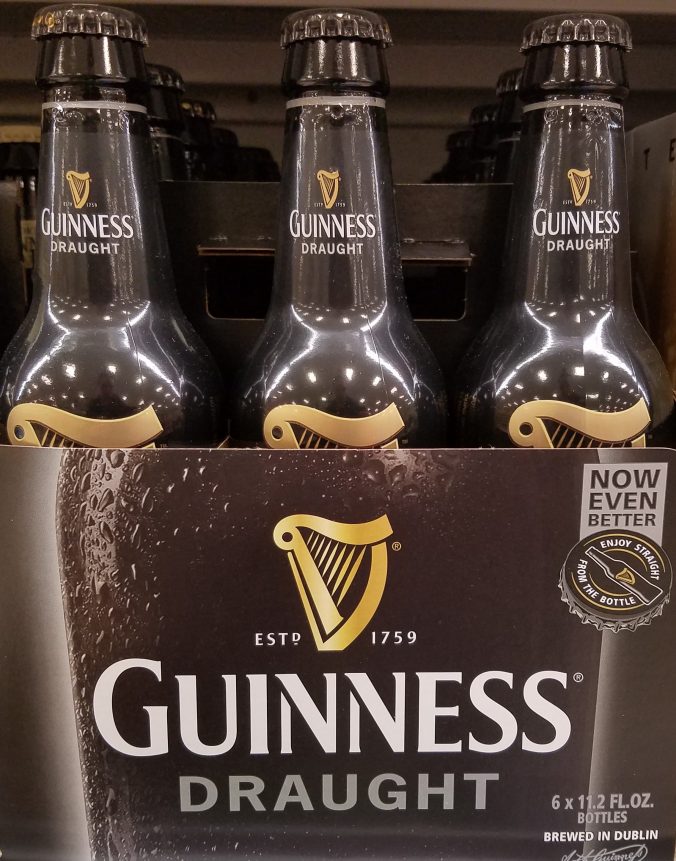By: Colleen O’Brien
 When most Americans think of Ireland or Irish-American culture they think of Guinness as one of the key elements, aside from shamrocks and leprechauns. Guinness is an Irish dry stout known for its tangy, sharp flavors, black color, and creamy texture. Arthur Guinness began brewing the beer in 1759 at the St. James’s Gate Brewery in Dublin, Ireland. Eventually in 1932, during the Anglo-Irish Trade War, the Guinness & Co. headquarters were moved to London. This was due to the Control of Manufactures Act, which limited a company’s ownership to Irish citizens, as Guinness had foreign investors. The company merged with Grand Metropolitan in 1997 to form Diageo.
When most Americans think of Ireland or Irish-American culture they think of Guinness as one of the key elements, aside from shamrocks and leprechauns. Guinness is an Irish dry stout known for its tangy, sharp flavors, black color, and creamy texture. Arthur Guinness began brewing the beer in 1759 at the St. James’s Gate Brewery in Dublin, Ireland. Eventually in 1932, during the Anglo-Irish Trade War, the Guinness & Co. headquarters were moved to London. This was due to the Control of Manufactures Act, which limited a company’s ownership to Irish citizens, as Guinness had foreign investors. The company merged with Grand Metropolitan in 1997 to form Diageo.
 Historically, Guinness is an Irish beer which originated in Ireland, but the fact that it is no longer produced in its home country sparks the question of “Is it actually Irish?” I would argue it is indeed Irish, given the fact it is still brewed in Ireland, though the headquarters is in London. On the other hand, Irish-American craft beers, such as Great Lakes Brewing Co. Conway’s Irish Ale and George Killian’s Irish Red, are beers made in the style of Irish ales, but are not Irish because they are not brewed in Ireland.
Historically, Guinness is an Irish beer which originated in Ireland, but the fact that it is no longer produced in its home country sparks the question of “Is it actually Irish?” I would argue it is indeed Irish, given the fact it is still brewed in Ireland, though the headquarters is in London. On the other hand, Irish-American craft beers, such as Great Lakes Brewing Co. Conway’s Irish Ale and George Killian’s Irish Red, are beers made in the style of Irish ales, but are not Irish because they are not brewed in Ireland.
 According to beeradvocate.com, there are over 1,000 examples of Irish dry stouts. When looking at the highest rated of these, Guinness lists at #58, while Cadillac Mountain Stout takes the #1 spot. Interestingly, though Guinness is declining in popularity due to the rise in independent craft breweries, Diageo is planning to build a brewery in the United States. However, the Irish dry stout will NOT be brewed here; rather, this brewery will be the home of Guinness Blonde American Lager.
According to beeradvocate.com, there are over 1,000 examples of Irish dry stouts. When looking at the highest rated of these, Guinness lists at #58, while Cadillac Mountain Stout takes the #1 spot. Interestingly, though Guinness is declining in popularity due to the rise in independent craft breweries, Diageo is planning to build a brewery in the United States. However, the Irish dry stout will NOT be brewed here; rather, this brewery will be the home of Guinness Blonde American Lager.
Yet, Irish-Americans still drink a pint (or two…or three…) of Guinness on St. Patrick’s Day. Why? Ultimately, people want to connect to their heritage during the holiday or to take part in the “Irish experience,” so drinking an Irish beer is the perfect way to do so. Even the tourism industry in Ireland ties into Irish-Americans wanting “the full Irish experience.” The Guinness Storehouse opened in 2000 in the location of St. James’s Gate Brewery and it has become a large tourist attraction in Dublin, marketed as the “Home of Guinness.” This branding leads tourists to believe they are exploring the headquarters.
It is unclear whether most Irish-Americans know Guinness has merged with another company or not. However, what is most important is that Diageo recognizes that maintaining the integrity of the Irish dry stout is key. Thus, the company uses phrases such as “Brewed in Dublin” on its packaging and includes the iconic harp logo—this is all a marketing strategy to provide the consumer with an authentic experience.
REFERENCES:
http://www.today.com/food/5-beers-celebrate-st-patricks-day-irish-american-way-1C8904872
https://www.craftbeer.com/craft-beer-muses/craft-beers-to-enjoy-on-st-patricks-day
https://www.beeradvocate.com/beer/style/162/
http://allaboutbeer.net/guinness-stout-decline/
http://www.irishcentral.com/roots/top-10-guinness-facts-93321039-237782481
http://www.celticclothing.com/mm5/irish-american/cc07-01-history-of-guinness-brewing.php
